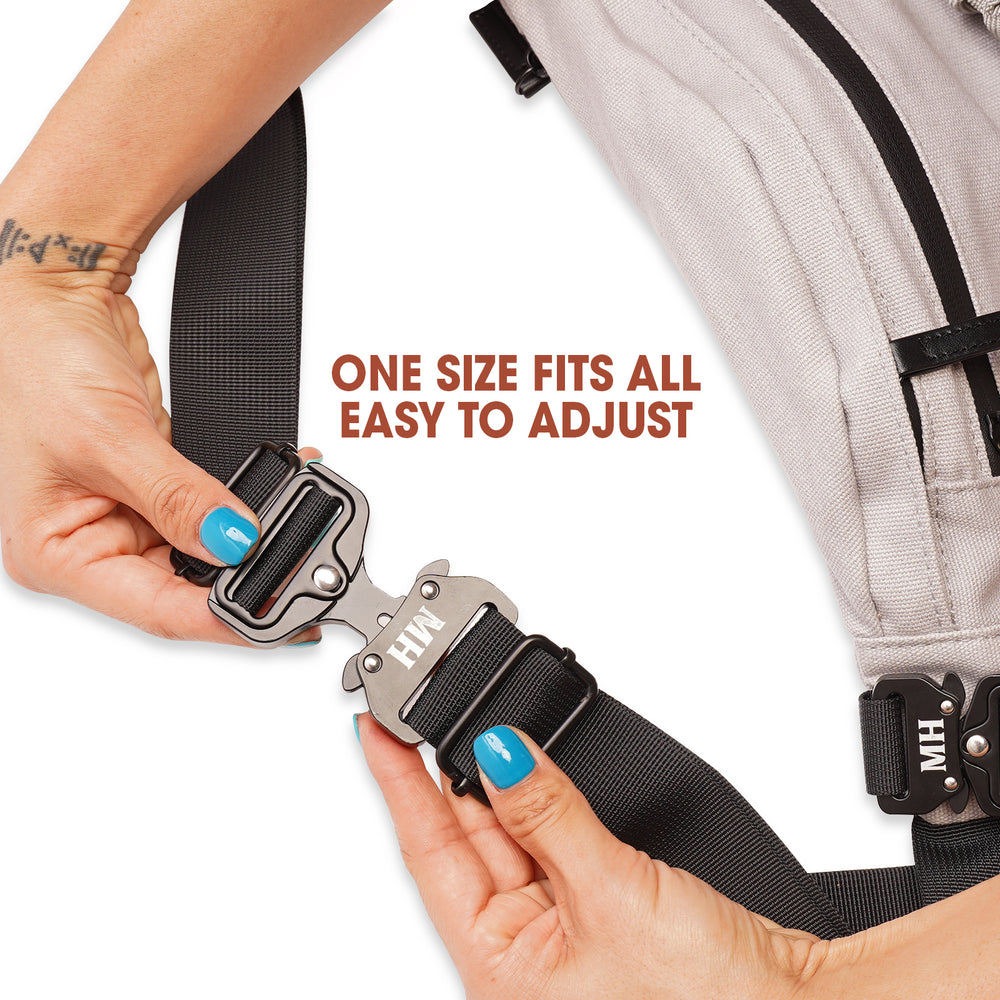How to Read Your Hounds Body Language

Understanding canine body language is essential to becoming a great pet parent. After all, dogs are unable to communicate in the same ways as humans and rely heavily on their body language to express their emotions and feelings. By understanding your pup's body language, you will form a stronger bond with them, better manage their behavior problems and be more successful with your dog training.
Types of Body Language Dogs Display
Dogs communicate differently than humans do, so it can take some practice for us to learn how to interpret their messages correctly. Here are some common types of canine body language:
- Tail wagging: tail wagging does not always mean that your pup is happy and content - pay attention to the speed of the tail and how it is held to interpret the message being conveyed.
- Tail tucked: a tucked tail can indicate your pup feeling scared, threatened or nervous.
- Yawning: while dogs do yawn when they are tired, they may also yawn as an attempt to reduce tension in stressful situations.
- Lip licking: this could be a sign of stress; pay attention to other body language signals your pup might be displaying, such as lowered ears and head or averting their gaze.
- Sniffing: sniffing is a way for dogs to explore their environment, but it can also convey uncertainty, fear, or even excitement.
How Pet Parents Can Learn To Read Their Dogs Body Language
- Observe your pup's behavior and take note of the triggers that cause changes in their body language.
- Watch how other dogs interact with each other.
- Spend time with your pup in different situations to understand how they react to different environments, people or animals.
- Consider your hound's breed characteristics and individual personality.
Benefits Of Understanding Your Dog's Body Language
Understanding a dog's body language is essential for pet parents as it allows them to:
- Better manage their dog's behavior and identify potential issues early on.
- Prevent confusion between pet parents and their furry friends.
- Assist with dog behavior problems, such as how to stop a dog from barking.
- Reduce canine anxiety.
- Assist with basic dog training.
Dog Training & Body Language
Understanding your dog's body language is essential for successful training. It allows you to know exactly what your pup is thinking at any given moment so that you can adjust your approach accordingly.
For example, if your hound seems stressed or anxious during a dog training session, this would be a sign to take a step back and focus on rewarding calm behaviors instead of pushing them too hard.
Conclusion
Understanding your pup's body language is key to becoming a great pet parent. It can help prevent or manage dog behavior problems, such as how to stop a dog from barking, minimize anxiety and help with training. Take time to familiarize yourself with your hound's body language, observe their behavior in different situations, and access online resources – you won't regret it!
Image by PublicDomainPictures from Pixabay












